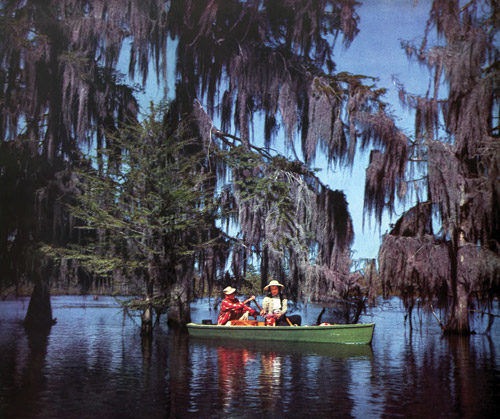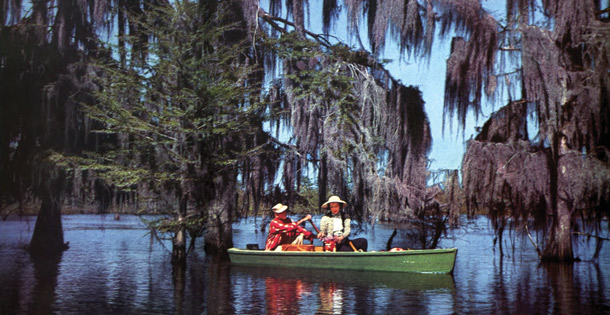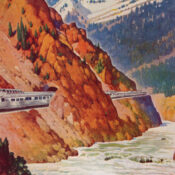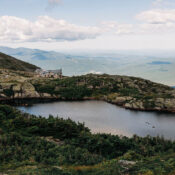This photo and description was part of a regular feature in The Saturday Evening Post from the 1950s called “The Face of America,” which captured a rarely seen view of American life.

Beneath gray shrouds of Spanish moss, a Cajun couple paddles across the dark, still waters of Bayou Chicot. Overhead, the boughs of gum trees and tall cypresses shield them from the Louisiana sun. It is a pleasant spring Sunday here, about 75 miles (as the crow flies) northwest of Baton Rouge.
Like many of the inhabitants of Evangeline Parish who enjoy boating on the lake, Doc Wiggins and his wife are descendants of the Nova Scotia Acadians whose exile to Louisiana two centuries ago inspired Longfellow to create his ill-fated heroine. From her, the parish took its name. Once a swampy, cutover area, Bayou Chicot is now a well-cared-for state park. To the Choctaw Indians, this kind of waterway was a bayuk, or small river. But to early settlers trying hard to capture the meandering tranquility of the tree-studded lakes, a bayou was known as “the place of the sleeping water.”
—The Face of America, March 9, 1957
Become a Saturday Evening Post member and enjoy unlimited access. Subscribe now



